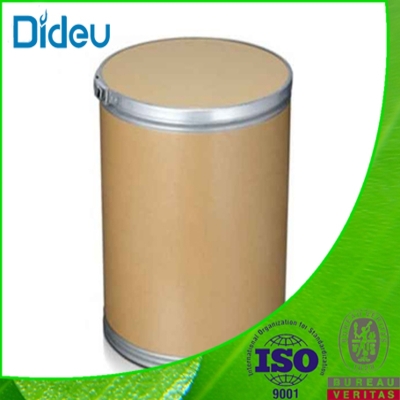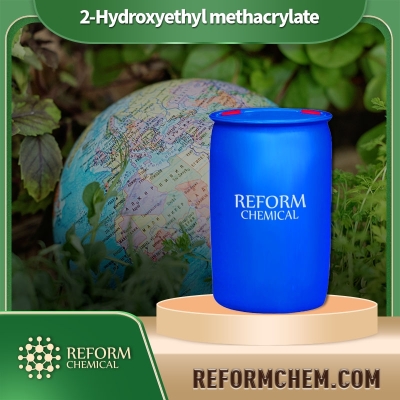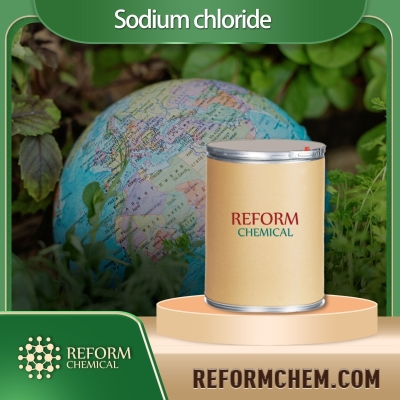-
Categories
-
Pharmaceutical Intermediates
-
Active Pharmaceutical Ingredients
-
Food Additives
- Industrial Coatings
- Agrochemicals
- Dyes and Pigments
- Surfactant
- Flavors and Fragrances
- Chemical Reagents
- Catalyst and Auxiliary
- Natural Products
- Inorganic Chemistry
-
Organic Chemistry
-
Biochemical Engineering
- Analytical Chemistry
-
Cosmetic Ingredient
- Water Treatment Chemical
-
Pharmaceutical Intermediates
Promotion
ECHEMI Mall
Wholesale
Weekly Price
Exhibition
News
-
Trade Service
Alendronic acid is a bisphosphonate drug used to treat osteoporosis and other bone-related diseases.
Synthetic routes of alendronic acid are the various methods used to produce the compound in the laboratory or industrial setting.
These routes can vary depending on the starting materials and the desired product.
The most commonly used synthetic route for alendronic acid is the one that involves the reaction of alendronate sodium with a phosphorous reagent, such as phosphorus oxychloride.
This reaction forms the core of the molecule, and subsequent steps are then used to modify and functionalize the molecule.
Another synthetic route for alendronic acid involves the reaction of an alkenylphosphonic acid with an alcohol in the presence of a base.
This reaction results in the formation of an intermediate that can be further transformed into alendronic acid by hydrolysis or other chemical reactions.
There are also other synthetic routes for alendronic acid that have been reported in the literature, such as the use of chlorosulfonic acid or thionyl chloride to introduce the phosphorus atom into the molecule.
The choice of synthetic route for alendronic acid depends on various factors, such as the availability and cost of starting materials, the desired yield and purity of the product, and the scalability of the process for industrial production.
Once the alendronic acid has been synthesized, it can be further purified and converted into the desired formulation for use in patients.
This can include processes such as crystallization, filtration, and drying, as well as formulation of the drug into tablets or other dosage forms.
Overall, the synthetic routes of alendronic acid are an important part of the drug development process.
By using various synthetic methods and subsequent purification and formulation steps, alendronic acid can be produced in a safe and effective form for use in treating bone-related diseases.
The choice of synthetic route depends on the specific needs of the manufacturing process, and ongoing research and development are continuing to explore new and more efficient ways to synthesize this important drug.







